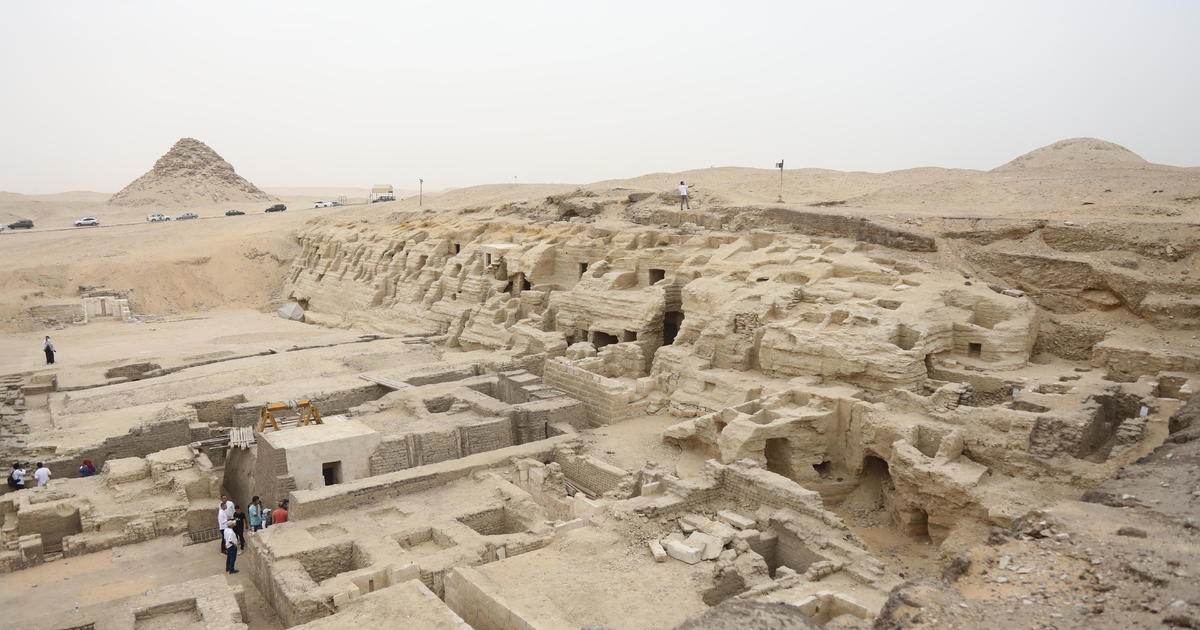Key takeaways:
- The tombs and workshops date back to the 30th Pharaonic Dynasty and the Ptolemaic period.
- The animal embalming workshop was made with mud and stone floors, and was found with bronze tools.
- The discovery of the tombs and workshops is a significant find for archaeologists, and serves as a reminder of the importance of preserving and protecting archaeological sites.
Egyptian authorities have announced the discovery of ancient workshops and tombs at a Pharaonic necropolis near Cairo. Mostafa Waziri, secretary-general of the Supreme Council of Antiquities, said the workshops were used to mummify humans and sacred animals. He added that the tombs and workshops date back to the 30th Pharaonic Dynasty (380 BC to 343 BC) and the Ptolemaic period (305 BC to 30 BC).
The animal embalming workshop was made with mud and stone floors, and was found with bronze tools that would have been used in the mummification process. The tombs belonged to “Ne Hesut Ba,” who was the head of scribes and the priest of Horus and Maat during the fifth dynasty in around 2400 BC, according to Sabri Farag, head of the Saqqara archaeological site.
The discovery of the tombs and workshops is a significant find for archaeologists, as it provides further insight into the ancient Egyptian culture. It also serves as a reminder of the importance of preserving and protecting archaeological sites.
The Egyptian government has been working to protect its archaeological sites and promote tourism. In recent years, they have launched several initiatives to promote the preservation of Egypt’s ancient heritage. This latest discovery is a testament to the government’s commitment to preserving the country’s rich history.



Be First to Comment